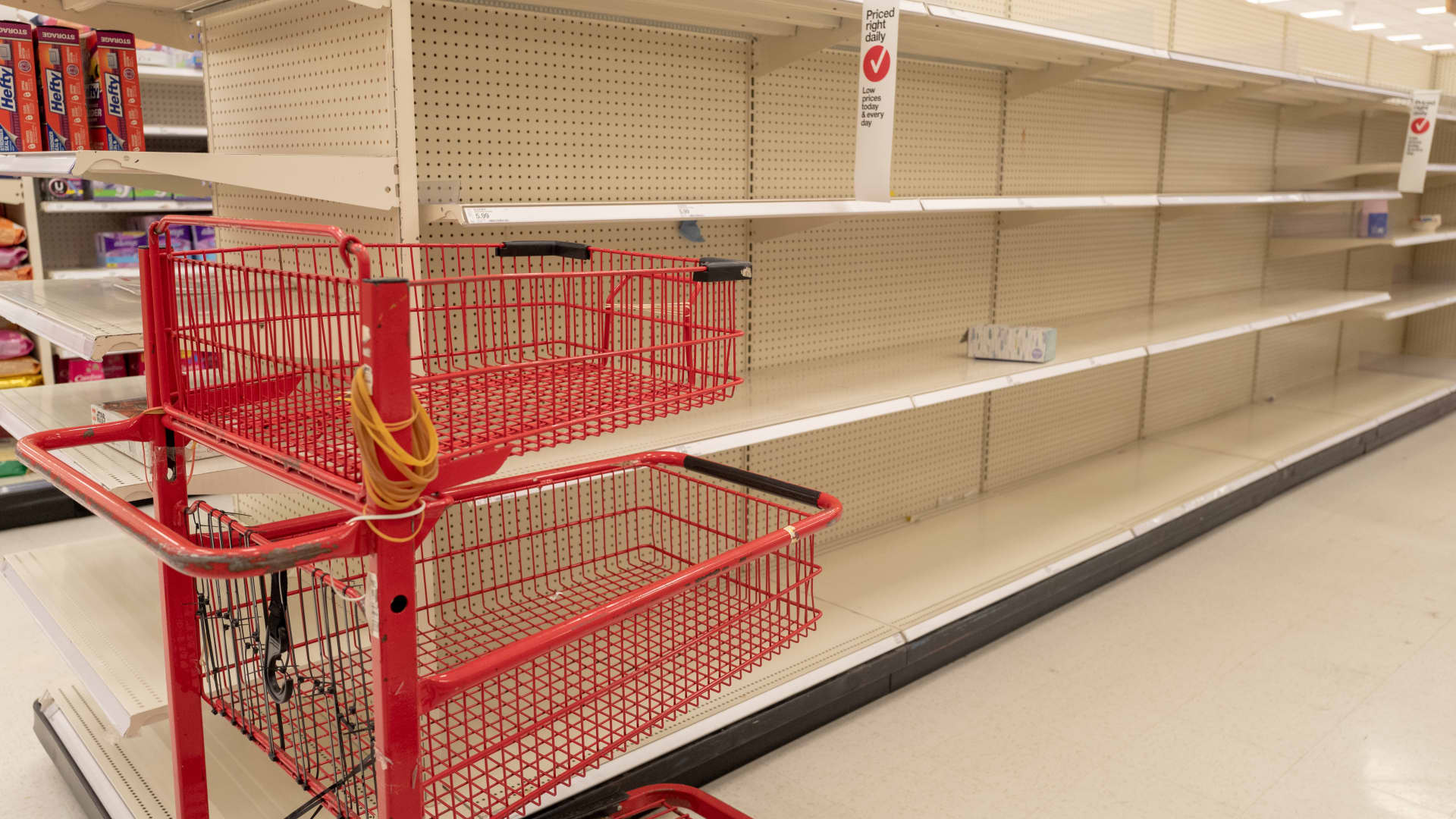How Trump’s Tariff Pause is Shaping China’s Imports and Retail Supply Chains
The temporary suspension of Trump-era tariffs on Chinese goods has triggered a surge in imports from China, yet U.S. retailers continue to face persistent supply chain vulnerabilities, according to a recent CNBC Supply Chain Survey. The pause, implemented earlier this year, has provided short-term relief but exposes deeper structural risks in global trade networks as businesses navigate unpredictable demand and geopolitical tensions.
Immediate Boost to Chinese Imports Amid Lingering Uncertainty
Data from U.S. Customs and Border Protection shows a 12% year-over-year increase in Chinese imports in Q2 2024, with consumer electronics, apparel, and home goods leading the rebound. The tariff reprieve—covering approximately $350 billion worth of goods—has allowed retailers to restock inventories depleted during pandemic-era disruptions. However, the CNBC survey of 150 supply chain executives reveals that 68% still classify their exposure to Chinese suppliers as a “high risk.”
“This isn’t a return to normalcy; it’s a tactical retreat,” notes Dr. Evelyn Tan, a trade economist at the Brookings Institution. “Retailers are capitalizing on lower costs now, but they’re hedging bets with accelerated diversification into Vietnam, India, and Mexico.”
Retailers’ Dilemma: Short-Term Gains vs. Long-Term Strategy
While big-box retailers like Walmart and Target report improved profit margins due to reduced tariff burdens, their supply chain strategies reflect caution:
- Inventory Glut Concerns: Home Depot and Lowe’s have scaled back Q3 orders amid fears of overstocking, with warehouse occupancy rates hovering at 87% nationally.
- Dual-Sourcing Challenges: 42% of mid-sized retailers lack the capital to establish alternative supplier networks, per a National Retail Federation (NRF) report.
- Geopolitical Wildcards: 56% of surveyed firms expect tariffs to resurge post-election, creating a “boom-bust” import cycle.
“The smart players are using this window to audit their supply chains,” says logistics consultant Mark Russo. “But for every dollar saved on tariffs today, many are spending two dollars on contingency planning.”
The Ripple Effects on Domestic Supply Chains
The import surge has strained U.S. port infrastructure, with Los Angeles and Long Beach processing 19% more containers than pre-pandemic levels. Meanwhile, trucking capacity struggles to keep pace—spot freight rates jumped 8% in June as retailers rush to move goods inland.
Regional impacts vary sharply:
- West Coast: Warehousing costs up 22% YoY due to space shortages
- Gulf Coast: Emerging as alternative entry point, with Houston imports rising 14%
- Rail Networks: BNSF and Union Pacific report 11% more eastbound intermodal traffic
Future Outlook: Election Year Volatility Looms
With the 2024 election approaching, analysts warn of policy whiplash. The Biden administration has extended the tariff pause through January 2025, but both candidates have signaled tougher stances on China trade:
- Trump campaign proposals include 60% across-the-board tariffs
- Biden’s “de-risking” strategy could mean targeted restrictions on tech imports
“Retailers need to prepare for multiple scenarios,” advises Harvard Business School’s Professor James Li. “The companies thriving now are those treating this pause as breathing room to build resilience—not a permanent solution.”
Key Takeaways for Supply Chain Professionals
Industry experts recommend three immediate actions:
- Diversify Supplier Bases: Allocate 15-20% of procurement to non-Chinese sources
- Leverage Data Analytics: Deploy AI-driven demand forecasting to optimize inventory
- Strengthen Partnerships: Collaborate with logistics providers on flexible contracts
As the global trade landscape evolves, retailers must balance cost efficiency with contingency planning. The current tariff pause offers valuable lessons—but only for those willing to adapt. For real-time updates on tariff policy changes, subscribe to our trade policy newsletter.
See more Business Focus Insider Team

